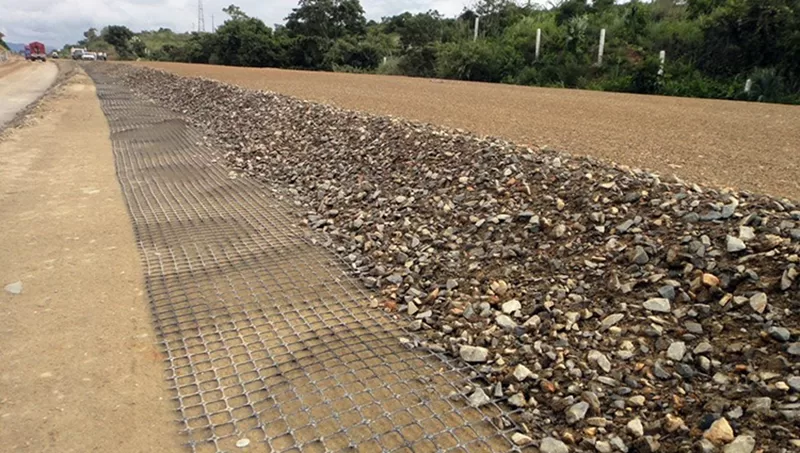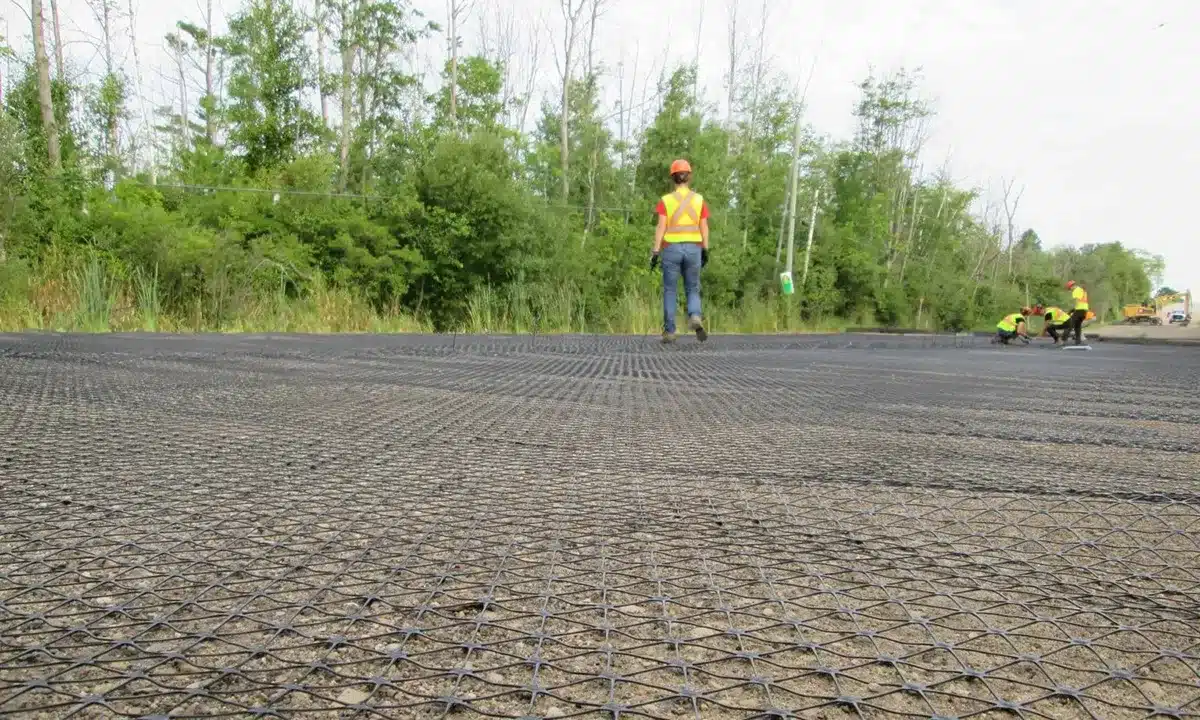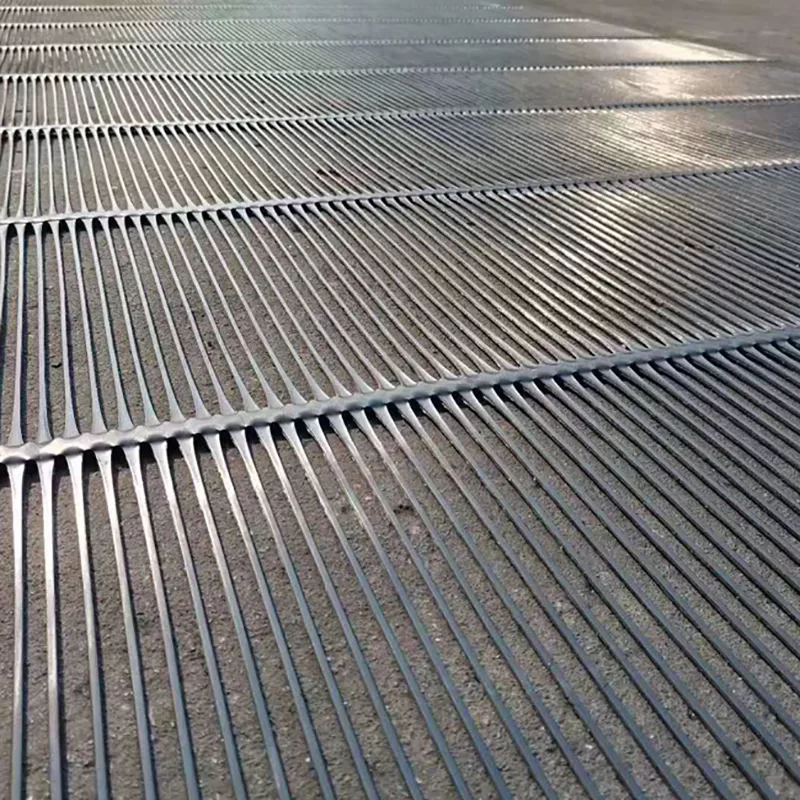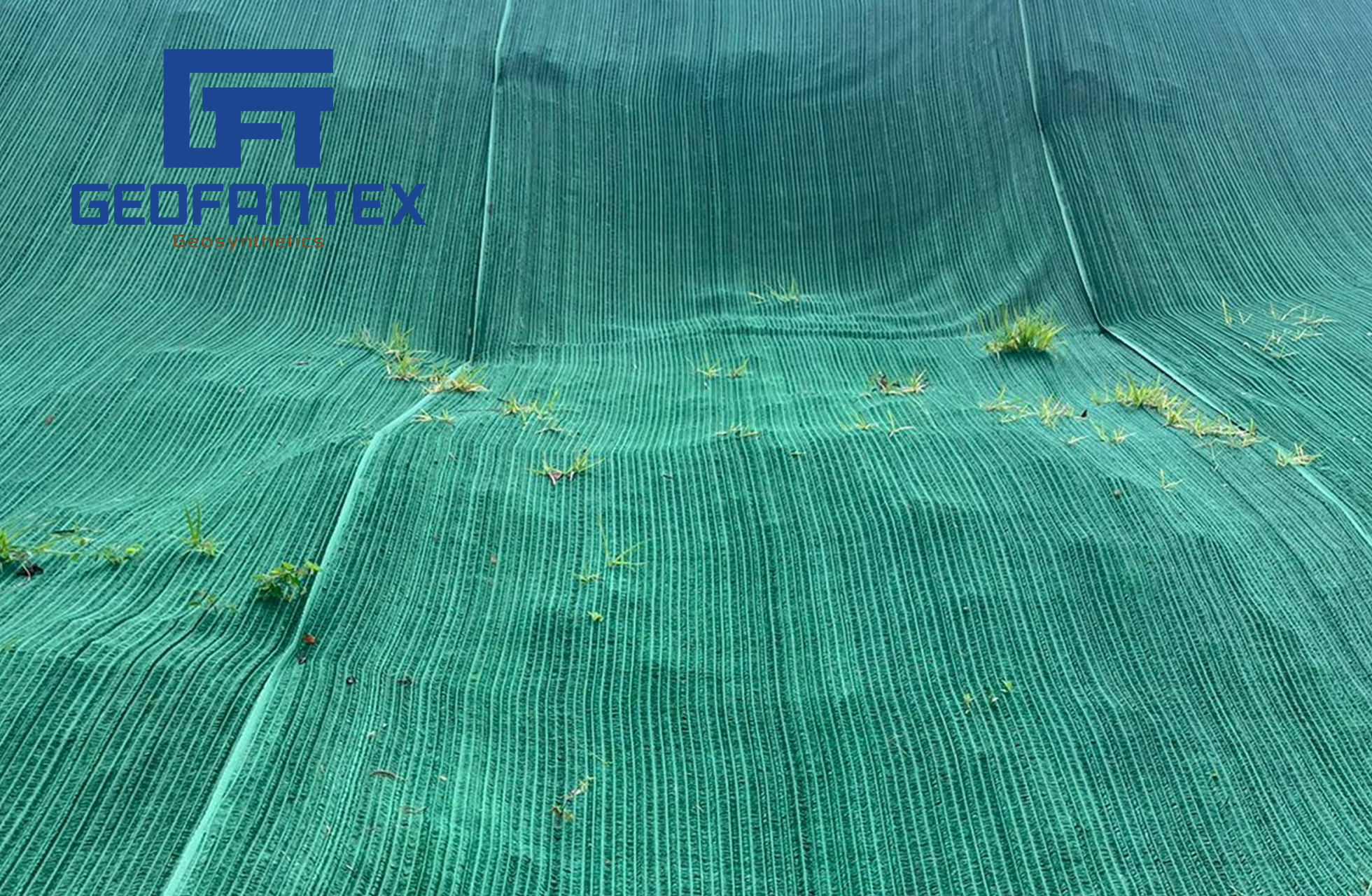+86-159 9860 6917
info@geofantex.com
geofantex@gmail.com
+86-400-8266163-44899
When it comes to constructing a durable and long-lasting driveway, the foundation is key. Among the myriad of options available for driveway reinforcement, geogrids have emerged as a leading solution. This popular science article delves into the essence of geogrids for driveways, evaluating their benefits, and identifying the best geogrid options to ensure your driveway stands the test of time.

What is a Geogrid Driveway?
A Geogrid driveway is a reinforced surface system that uses a grid-like geosynthetic material to stabilize gravel or soil, improving load distribution and preventing rutting or erosion.
- Structure: Made from polymer grids that interlock with infill materials such as gravel or soil.
- Load support: Distributes vehicle weight evenly, reducing surface deformation.
- Erosion control: Minimizes displacement of infill materials during rain or traffic.
- Installation: Easy to lay on prepared subgrades, compatible with various landscaping designs.
- Applications: Commonly used in residential driveways, parking lots, and access roads requiring durable surfaces.
What is the Best Geogrid for a Driveway?
Choosing the right geogrid for your driveway depends on factors like load-bearing capacity, soil type, drainage needs, and ease of installation. Here’s a detailed look at the main geogrid types:
| Characteristics | Strengths | Limitations | Best For | |
| Uniaxial Geogrid | Handles tensile loads primarily in one direction; usually made from high-density polyethylene (HDPE). | Strong in one direction, highly durable, resistant to environmental stress. | Not ideal for distributing loads in multiple directions. | Retaining walls or situations where load mainly comes from one direction. |
| Biaxial Geogrid | rovides balanced load distribution both longitudinally and transversely; typically made from polypropylene (PP). | Enhances soil stability, improves pavement performance, prevents rutting, and offers excellent reinforcement. | Slightly higher cost than uniaxial grids. | Residential driveways, parking lots, and other areas where loads are applied from multiple directions. |
| Triaxial Geogrid | Triangular pattern allows multidirectional load distribution; usually made from polypropylene. | Superior load distribution, excellent interlocking with aggregate, and maximum overall performance. | Higher cost and requires careful handling during installation. | Heavy-duty driveways, areas with weak soils, or locations with frequent heavy traffic. |
For most driveways, biaxial geogrids offer the best balance of durability, cost-effectiveness, and installation ease. For heavy traffic or challenging soil conditions, a triaxial geogrid provides superior long-term performance, despite the higher upfront cost.

Is Geogrid Good for Driveways?
Geogrid is an excellent solution for driveway reinforcement because it significantly improves performance and longevity.
- Load distribution: Geogrids spread vehicle weight evenly across the subgrade, reducing rutting, sinking, and surface deformation.
- Durability: By stabilizing gravel or soil, geogrids extend driveway lifespan, even under frequent or heavy traffic.
- Drainage performance: The open grid structure allows water to pass through easily, minimizing water accumulation and freeze–thaw damage.
- Cost efficiency: Although the initial investment may be higher than traditional gravel, lower maintenance and repair needs reduce long-term costs.
- Ease of installation: Lightweight geogrid systems are relatively simple to install and suitable for DIY or small-scale projects.
- Considerations: Upfront cost, surface appearance preferences, and occasional gravel replenishment should be evaluated before installation.
Overall, geogrids provide a stable, durable, and cost-effective driveway solution, especially in areas with weak soils, heavy loads, or poor drainage conditions.
Are Driveway Grids Worth It?
Benefits of Driveway Grids:
- Durability: Driveway grids are designed to be strong and long-lasting. They can withstand heavy loads without cracking or deteriorating.
- Cost-Effectiveness: Over time, driveway grids can be more economical as they require less maintenance and repairs compared to traditional driveways.
- Environmental Impact: They allow water to permeate through, reducing runoff and helping to prevent flooding. This also aids in groundwater recharge.
- Aesthetic Appeal: Driveway grids can be filled with grass, gravel, or other materials, offering a variety of aesthetic options.
Drawbacks of Driveway Grids:
- Initial Cost: The upfront cost of installing driveway grids can be higher compared to traditional asphalt or concrete driveways.
- Installation Complexity: Proper installation requires careful planning and may need professional help, increasing initial expenses.
- Maintenance: While they generally require less maintenance, driveway grids filled with grass may need regular trimming and care.
Comparison to Traditional Driveway Surfaces:
- Durability: Traditional driveways like asphalt and concrete can crack and deteriorate over time, especially in areas with extreme weather conditions.
- Cost-Effectiveness: Traditional driveways might have a lower initial cost, but can incur higher maintenance costs over their lifespan.
- Environmental Impact: Traditional impermeable surfaces contribute to water runoff and do not support groundwater recharge, unlike driveway grids.
Geogrids have revolutionized driveway construction, offering a robust solution to common issues such as cracking, rutting, and sinking. By understanding what geogrids are, identifying the best type for specific needs, and recognizing their benefits, homeowners can make informed decisions about reinforcing their driveways. The consensus among experts is clear: investing in the best geogrid for your driveway not only enhances its durability and appearance but also proves to be a cost-effective choice in the long run. Whether you’re planning a new driveway or looking to upgrade an existing one, considering a geogrid could be the key to achieving both aesthetic and functional excellence.



Get Free Sample
We’ll respond as soon as possible(within 12 hours)






















